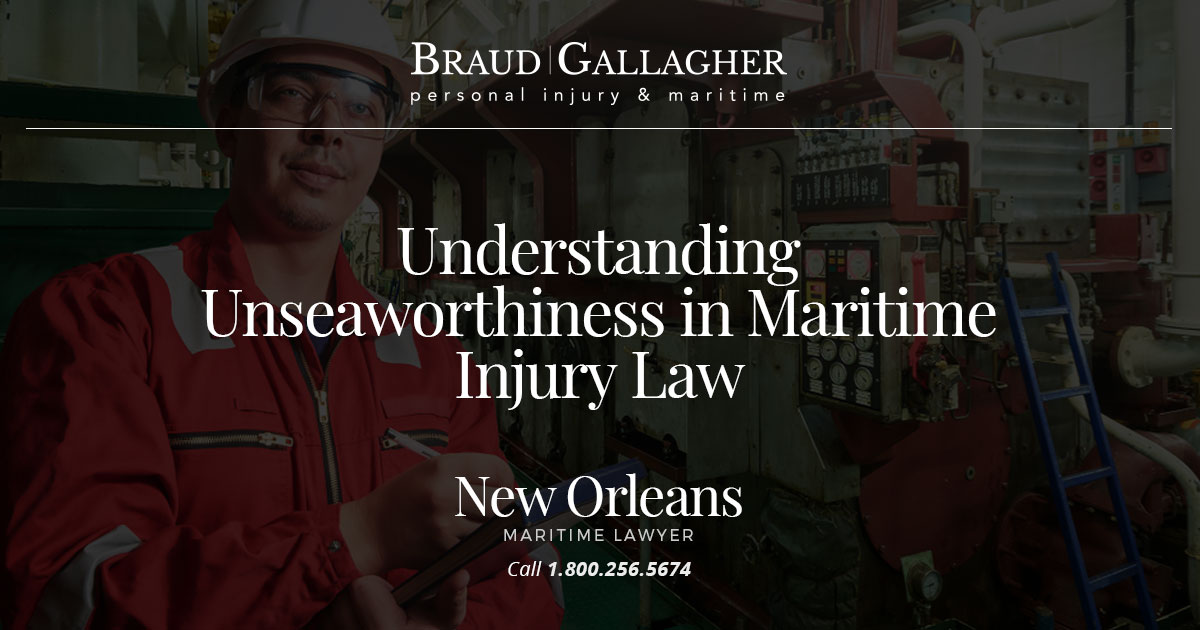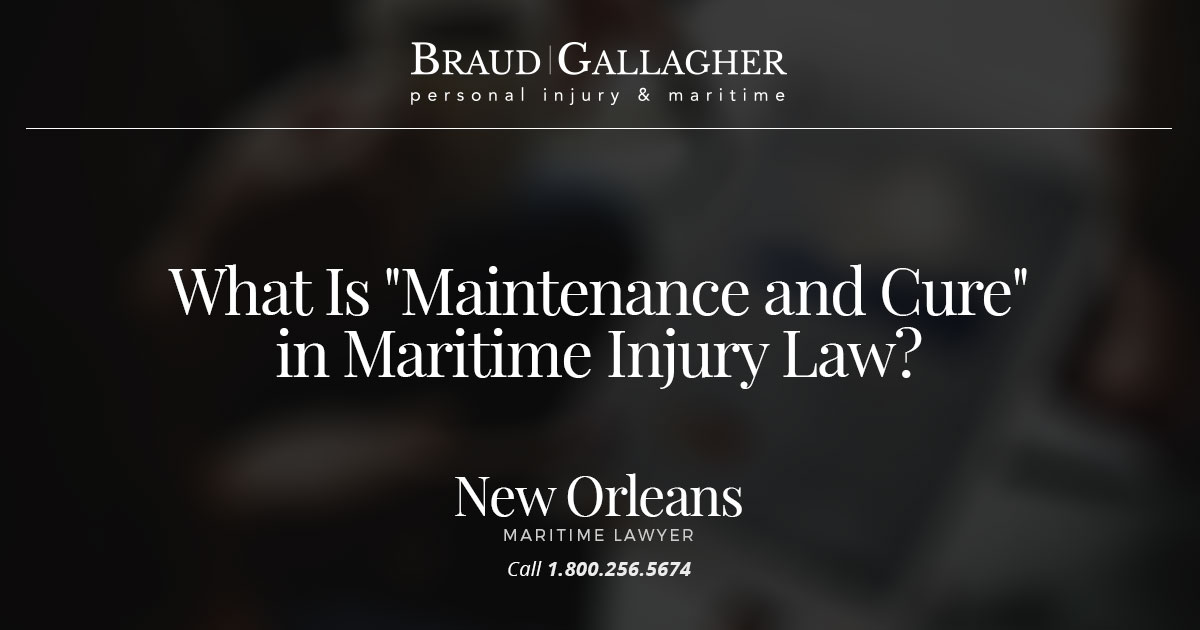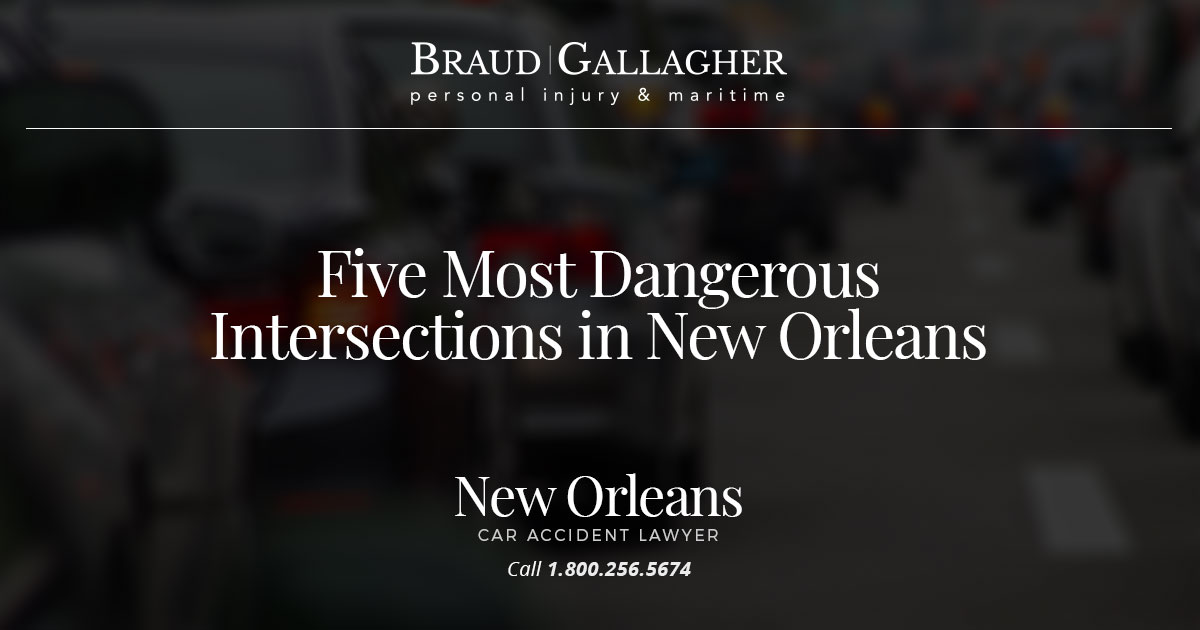When a maritime worker is injured on the job, they may require financial assistance while they are out of work and therefore unable to earn a living. However, injured maritime employees are not eligible for workers compensation benefits through the state of Louisiana, and many workers may be under the impression that this means they won’t be able to obtain benefits of any kind.
Fortunately, this is not the case. Individuals who work in the maritime industry will qualify for benefits under the Jones Act if they are classified as seamen, or the Longshore and Harbor Workers’ Compensation Act if they are any other kind of maritime worker.
For the purposes of this article, we’ll be focusing on the Jones Act, injured seamen, unseaworthiness, and how it applies to Jones Act claims filed by injured sea workers. Read on to learn more about ships being unseaworthy and what you can expect to collect if your maritime injury claim is approved.
What It Means for a Vessel to Be Unseaworthy
Maritime jobs are federally regulated, and as such, the Jones Act requires that injured seamen be compensated when they are injured on an unseaworthy vessel. A ship will be deemed unseaworthy if it ever becomes unsafe for the seamen working on the ship. It doesn’t matter how minor the hazard may be; even a grease spill on the deck can be grounds for a vessel to be considered unseaworthy.
What’s more, Jones Act claims are often easier to win than workers compensation cases because the burden of proof is far less. Employers who are even 1 percent at fault for the cause of the injury can be found negligent and liable and be required to afford their injured sea workers the benefits they deserve.
Benefits under the Jones Act
Jones Act benefit recipients will be entitled to several benefits once their claim has been approved. To begin, seamen are going to be able to recover compensation for the same types of damages that are sought after in personal injury claims, including pain and suffering, the loss of quality of life, loss of wages, and emotional distress, among others.
In addition to the previously mentioned losses, injured seamen can collect cure, which refers to the insurer covering each medical expense that relates to your injury, and maintenance.
Maintenance is provided to seamen so they can continue to support themselves and their families. Benefits can consist of the coverage of your living expenses, including utility bills, your rent or mortgage, phone bills, groceries, and more.
Speak with a New Orleans Maritime Injury Lawyer
If you are an injured seaman and want to ensure that you are able to provide for yourself and your family while you are recuperating from your work-related injury, get in touch with a New Orleans maritime injury lawyer at the Law Office of Braud & Gallagher as soon as possible.
We can get started on your claim once you come in for your free claim review. Schedule yours today by calling our firm at 1-800-256-5674 or filling out the quick contact form we have provided at the bottom of this page.




 In 2015, Braud & Gallagher decided it was going to bring a WORLD RECORD back to Louisiana, where it belonged. Previously, the record was held by a group who set the record in Alabama at an LSU v Alabama football game. The record set in Alabama was a seafood gumbo weighing 2,100 lbs. Braud & Gallagher was determined to bring the record to Louisiana!
In 2015, Braud & Gallagher decided it was going to bring a WORLD RECORD back to Louisiana, where it belonged. Previously, the record was held by a group who set the record in Alabama at an LSU v Alabama football game. The record set in Alabama was a seafood gumbo weighing 2,100 lbs. Braud & Gallagher was determined to bring the record to Louisiana!